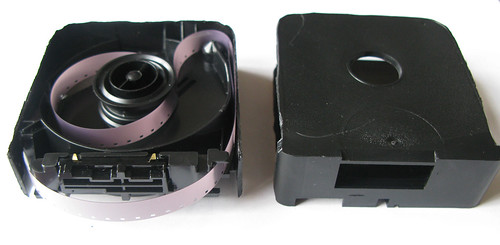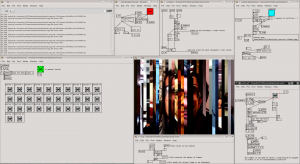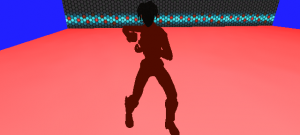05
12/14
09:00
Tool for the visualization of historical data (Chronologies)
Errata:
- In page 563 in paragraph 1 the sentence “In recent years, research in the humanities have started to …” should be: “In recent years, researchers in the humanities have started to …“
- In page 563 in paragraph 2 the sentence ” … because there is no way to intervene from outside the way how the program process and render the data.” should be: “… because there is no way to intervene from outside the way how the program processes and renders the data.“
The processing sketch is available here: http://bit.ly/1pifGi1
Update 20 Jan 2015: Bibliographic reference:
Montaña, Ricardo Cedeño; “Design of a tool for the visualization of historical data”, p. 563-566 . In: Proceedings of the XVIII Conference of the Iberoamerican Society of Digital Graphics: Design in Freedom [=Blucher Design Proceedings, v.1, n.8]. São Paulo: Blucher, 2014.
ISSN 2318-6968, DOI 10.5151/despro-sigradi2014-0116
[pdfjs-viewer url=http://drnn1076.pktweb.com/wp-content/uploads/2014/11/rcedenom-sigradi-2014.pdf viewer_width=600px viewer_height=700px fullscreen=true download=true print=true openfile=true]




